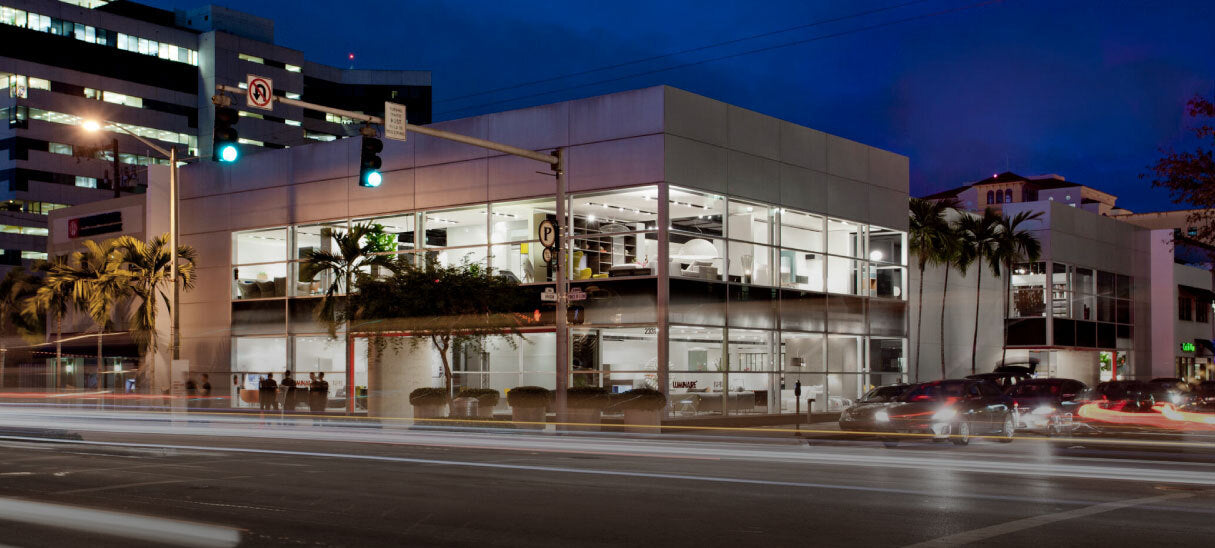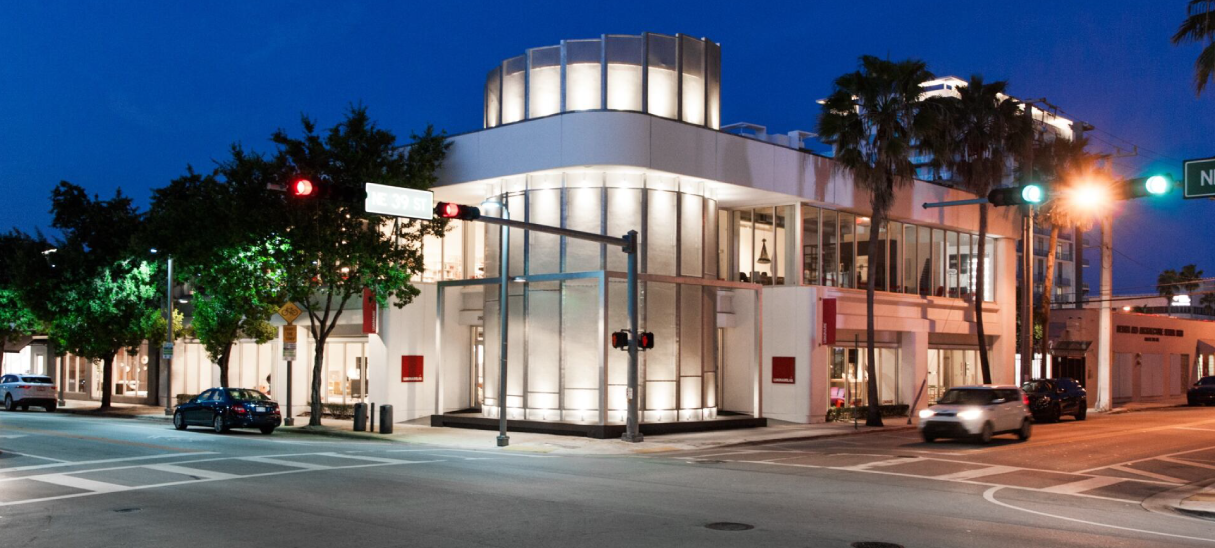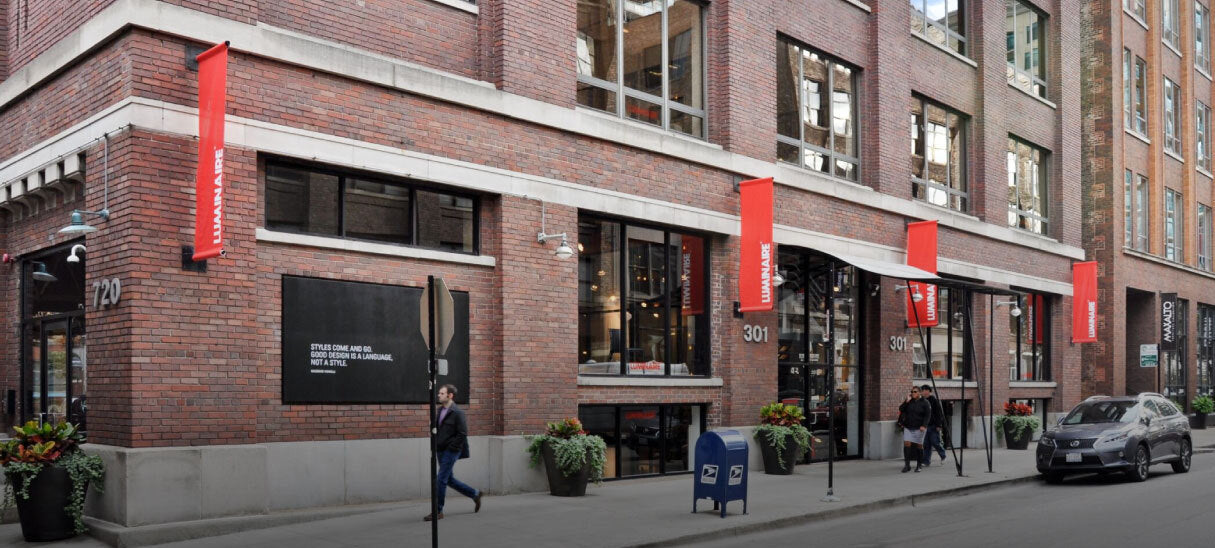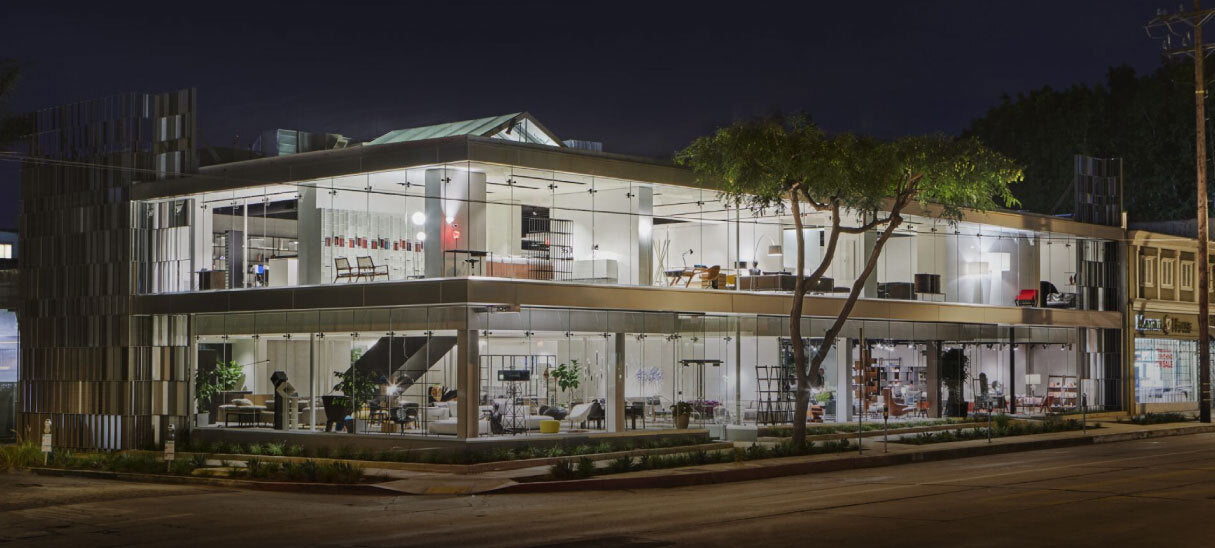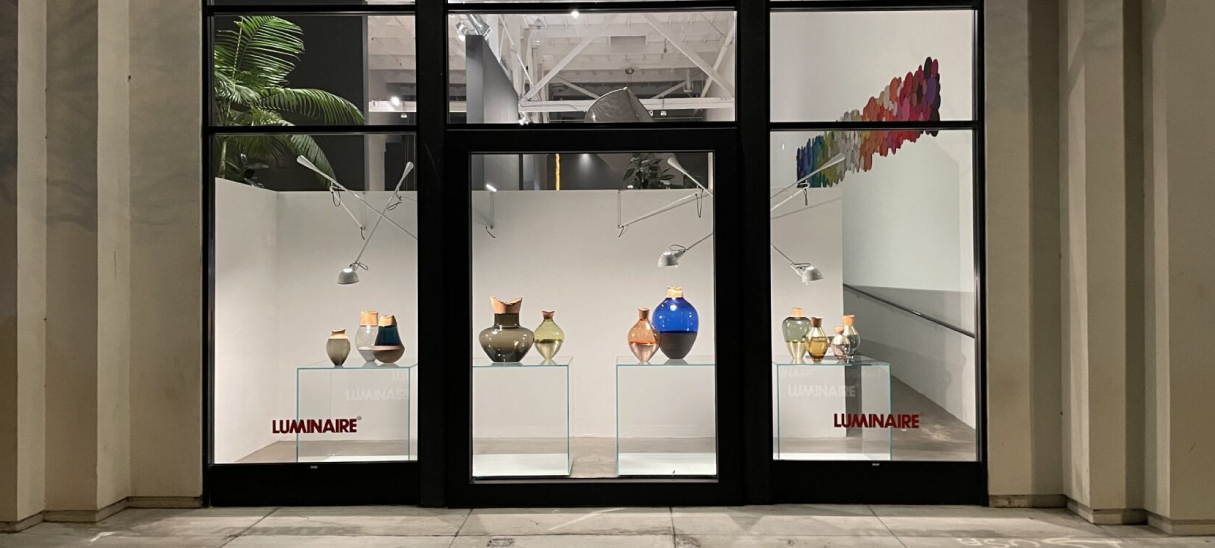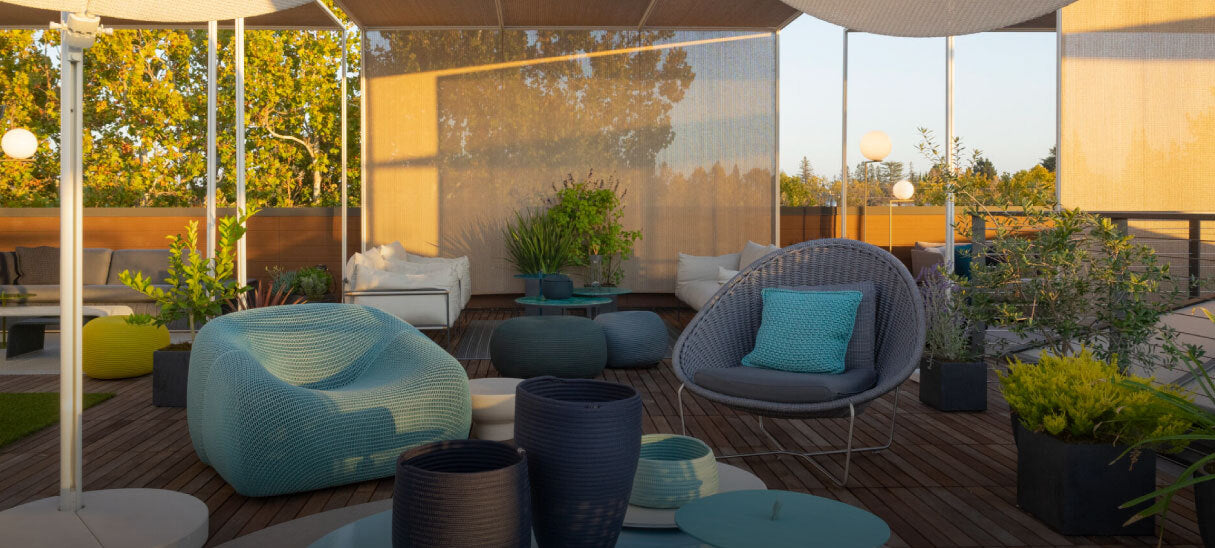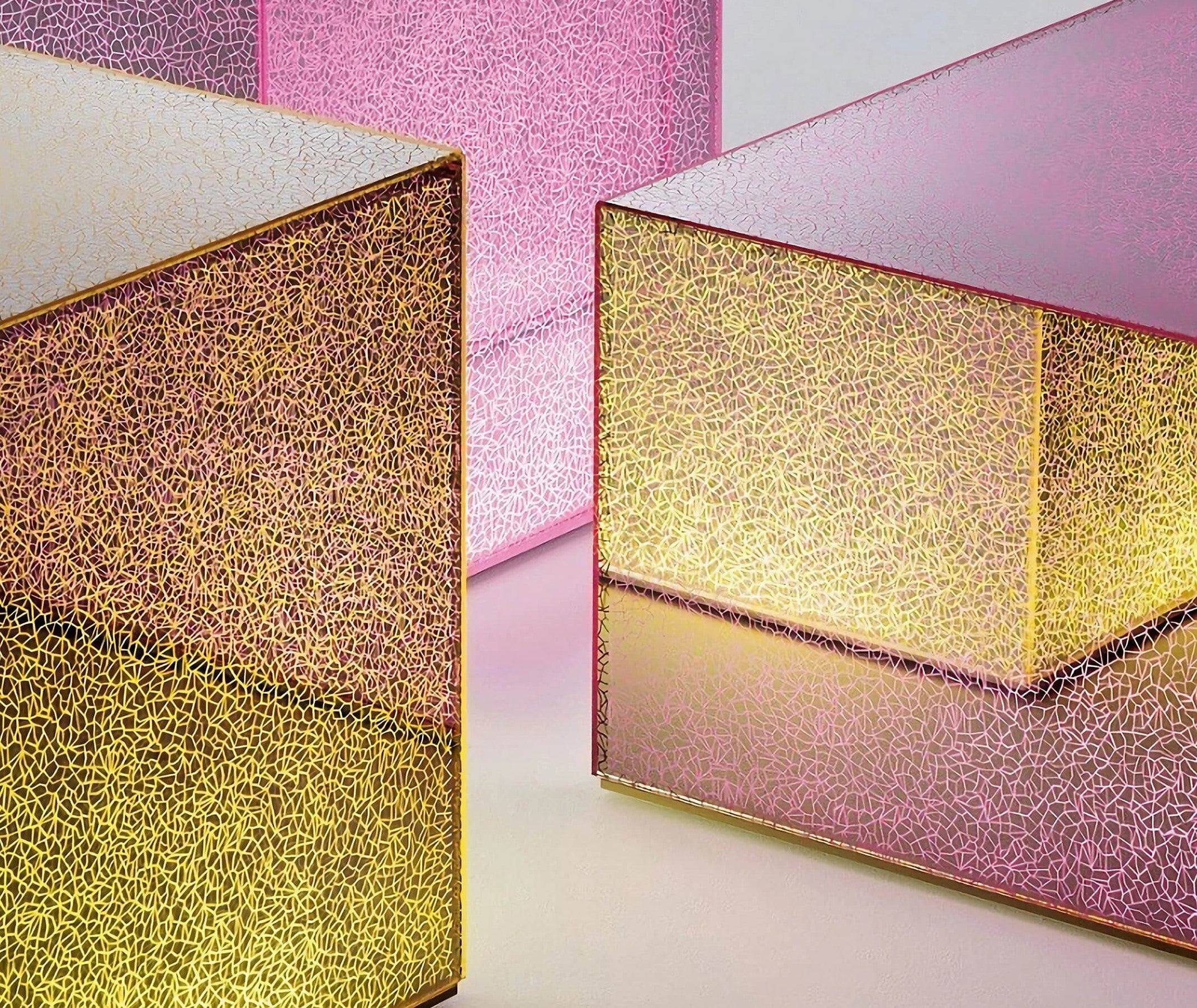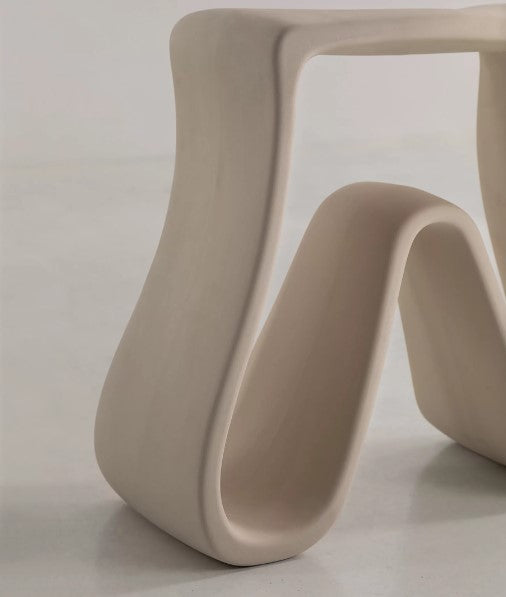Connecting to all of our senses, in a disarming galaxy of colors, material, and texture, captivating the eye while nestling in the body a nexus of simultaneous stimulation and serenity, the spaces we inhibit are born of wonder but made real through thought-provoking, well-considered design, at once concrete and ethereal, occupying the liminal space between mere functionality and personalized expression. The exploration of design as reality harkens back over one hundred years, when during the De Stijl movement a new style emerged that Theo von Doesburg stated would be the style “in which all the great opposites are reconciled. All the things which were known as magic, like the spirit and love, would be made real.” It is a merging of art and life, as much an experience as it is an aesthetic, and permeates the carefully curated selection of works available at Luminaire today.
While von Doesburg found that the Rietveld armchair gave harmonious shape to the function of sitting through its installment of simple forms and contrasts, he also acknowledged that reality concludes no perspective that is absolute. In fact, he made a point to note that good design gives a nod to relationship instead of form, and in this sense design is an agent of change, of transformation, of metamorphosis, where we mirror ourselves in the objects that surround us, and what becomes our reality is an amalgamation of our dreams, our moods, and the moments that define our life as enriched by the physical product itself. Whether in the presence of an architectural system by Porro, where a closet can be personalized to suit our desires and needs with only the most essential and the most beautiful components left behind to guarantee a delightful ease of use, or engaging with an Agape bathroom, where seamless functionality results in a space that brings serenity to the soul, good design creates a reality where treasured stories are imprinted on our daily routines, transforming how we dress in the morning or how we engage in meditative selfcare, and these objects become partners on our journey through life, imbued with a meaning that is ongoing and dynamic. Here we see possibilities in design, as C. Thomas Mitchell noted in his essay “The Product as Illusion,” uplifting the hopes of the individuals who use these objects as they themselves participate in the vibrant creation of value, and the lived experience becomes the design.
More than material possessions, well-designed objects transcend the banalities of reality and forge something new; inspiring pleasant memories of use, expressing joy or tranquility while feeding our eyes with exquisite beauty and balanced proportions and telling stories of splendor and intrigue. In his book on Emotional Design, Don Norman explicates three ways in which design touches our senses and activates our minds, manipulating our reality viscerally, behaviorally, and reflectively. When these three come together in one piece of remarkable design, something magical happens, and how we move through the world is elevated with a noble sense of luxury and vivacity. Take, for instance, the Crack tables designed by Johanna Grawunder for Glas Italia, a poetic piece where delicate cracks rouse our senses viscerally, while the height and proportions of each embrace a certain pleasure and effectiveness of use, and reflectively, they inspire fascination as light connects to glass in a sublime dance of divergences and delicate allure. Or consider the Drop Bookcase by Nendo, whose upper shelf appears to defy the laws of physics, viscerally engaging us with clean lines and dynamic forms, affecting us behaviorally as we move about the piece to make use of both sides, and whose bewitching effect can be the centerpiece for conversation and amazement, reflectively. Here are but two examples of how design shapes our reality and bonds to us spiritually and emotionally; imagine a space replete with furnishings and objects that seduce, excite, and make the otherwise mundane habits of living more vivid, luminous, and enjoyable – that is Luminaire’s aim in every room we curate.
Well-designed, considerate, and provocative objects in our environment speak to our emotions, shape our behaviors, and ignite constellations of memories that mark reality as something ever fluctuating and always inspiring. Unleash a new reality sparked by gallant composure, impressive forms, and delightfully novel ways of seeing and living by visiting one of Luminaire’s locations or exploring our online catalogue of articles designed to command joy and charm with details that surprise and enchant. Good design is reality worth experiencing first-hand.
More Reading:
Theo von Doesburg, “The Will to Style,” text of a 1922 lecture given at Jena, Weimar, and Berlin, in De Stijl edited by Hans L.C. Jaffe (London: Thames and Hudson, 1970)
Thomas Mitchell, “The Product as Illusion,” as taken from Design After Modernism: Beyond the Object edited by John Thackera (New York: Thames and Hudson 1988)
Don Norman, Emotional Design: Why We Love (Or Hate) Everyday Things (New York: Basic Books 2005)
January 2024

